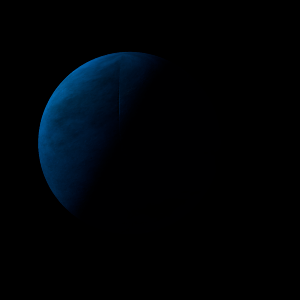|
|
Space Astro
|
Info for exoplanet "Kyoha Nyu"
| Scientific (actual) data |
|---|
| Name | K2-45 b |
| Planet status | Confirmed |
| Radius | 0.599 |
| Orbital period | 1.72927 |
| Semi major axis | 0.0224 |
| Discovered | 2016 |
| Updated | 2021-02-05 |
| Tconj | 2456810 |
| Publication | Published in a refereed paper |
| Detection type | Primary Transit |
| Alternate names | EPIC 201345483.01 |
| Star name | K2-45 |
| Right ascension | 169.63° |
| Declination | -1.77° |
| Mag j | 13.536 |
| Mag h | 12.92 |
| Star distance | 502.34 |
| Star mass | 0.5 |
| Star radius | 0.45 |
| Star temperature | 4103 |
| Star alternate names | 2MASS J11183189-0146270, EPIC 201345483, WISE J111831.86-014626.6 |
| Wikipedia article | K2-45 b |
Back
| |
| Fictional info (?) |
|---|
| Suggested name | Kyoha Nyu |
| Planet type | Hot planet |
|
| Atmosphere | Hydrogen peroxide | 43% |
| Nitrogen | 42% |
| Hydrogen | 15% |
| Ammonia | 0.27% |
| Methane | 1.0E-6% |
| Atmospheric pressure | 3 bar |
 |
| No known satellites |
| Google search for Kyoha nyu |
|
Website by Joachim Michaelis
|
|
|
|